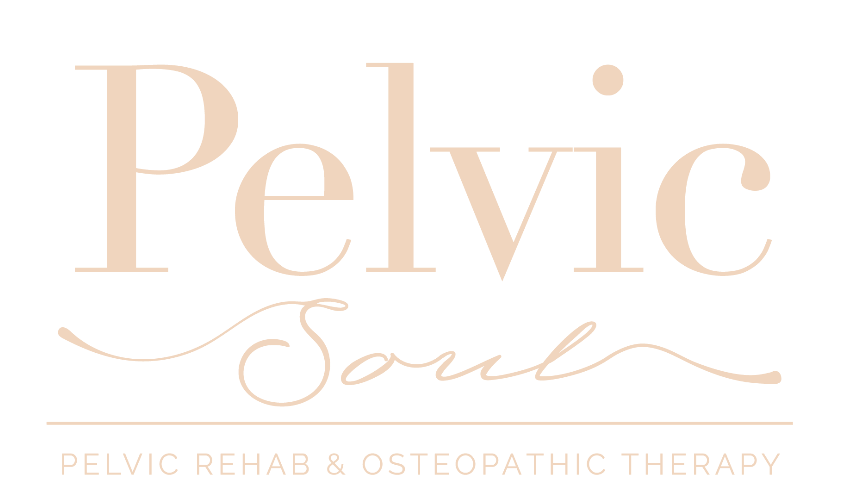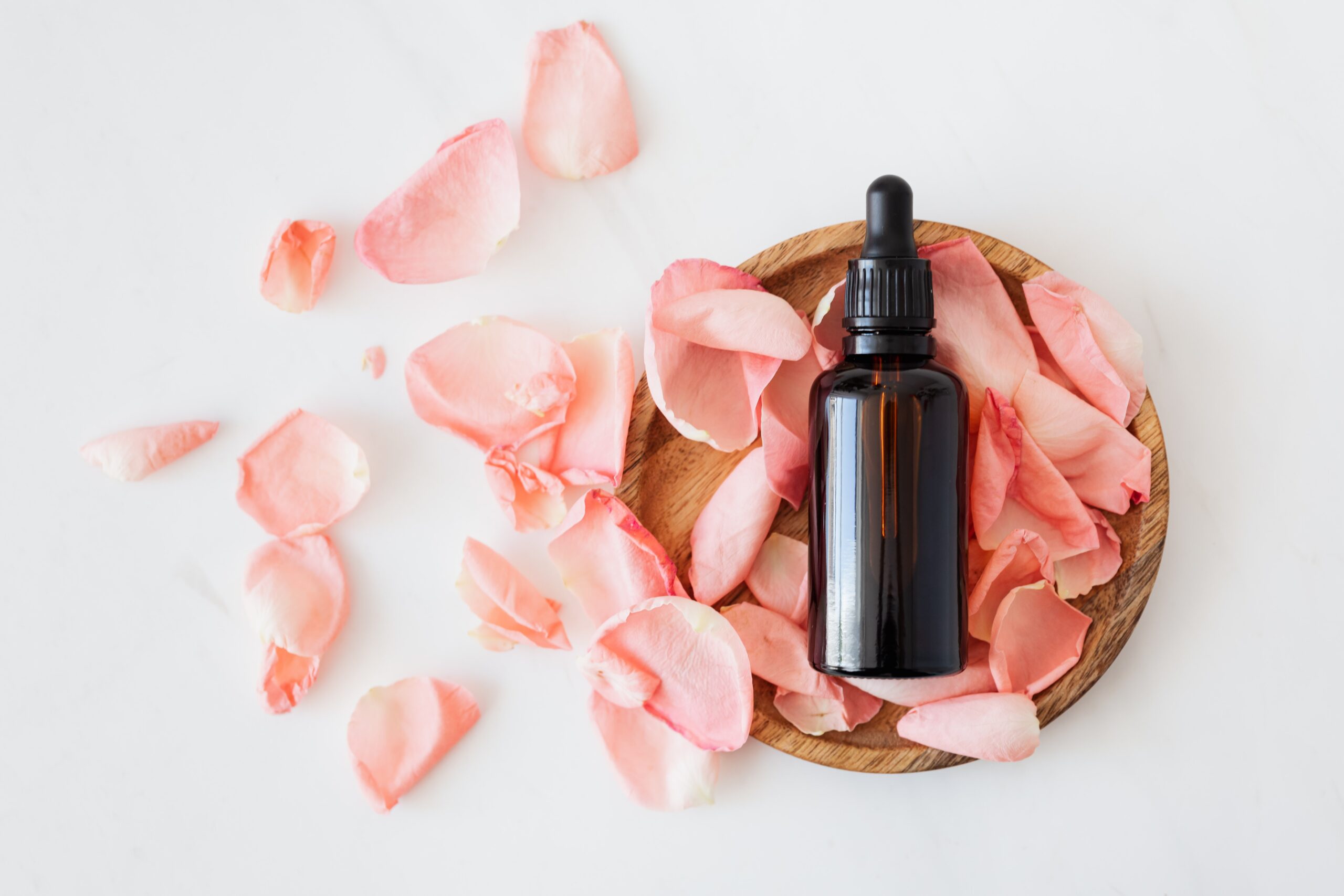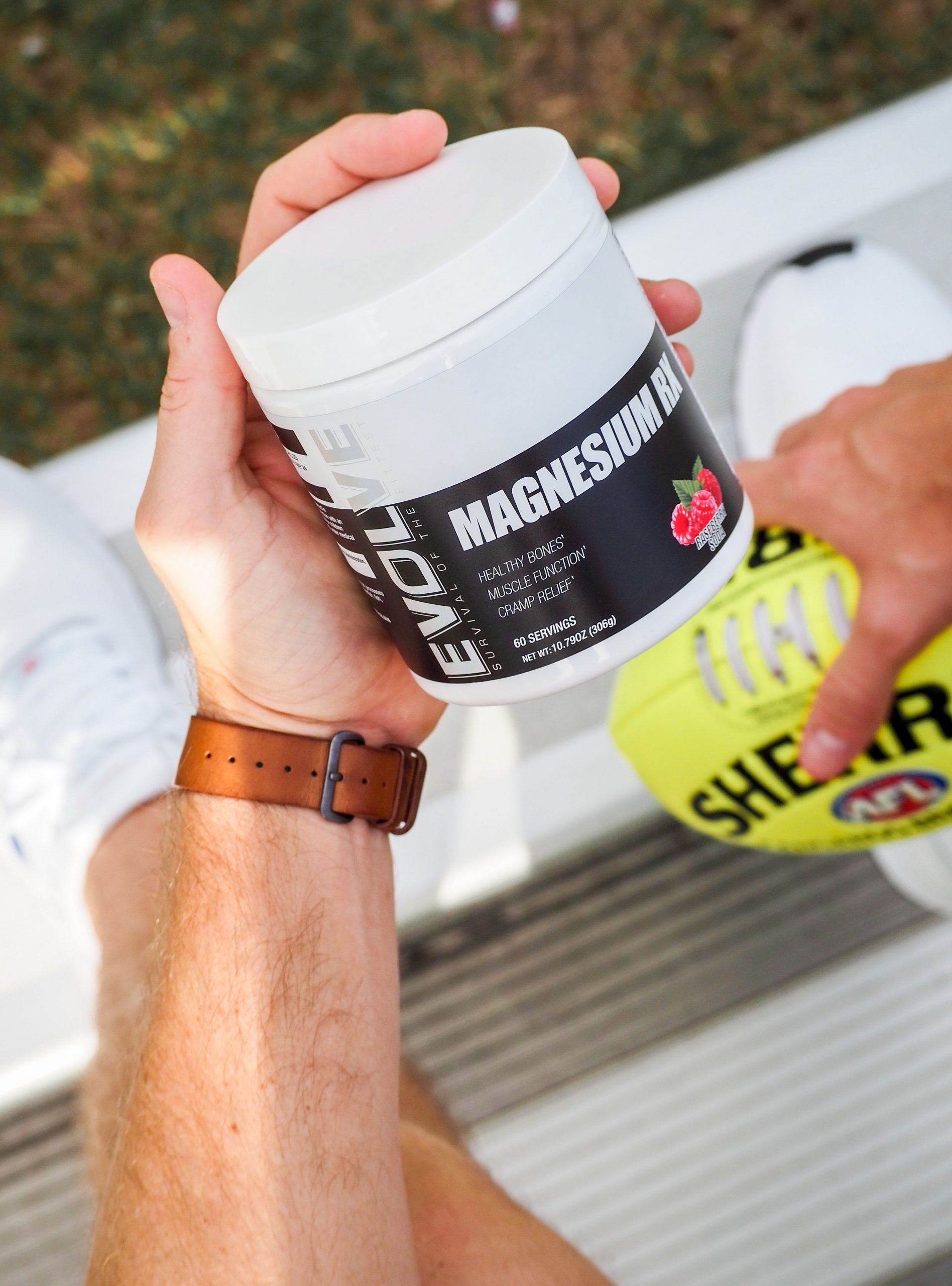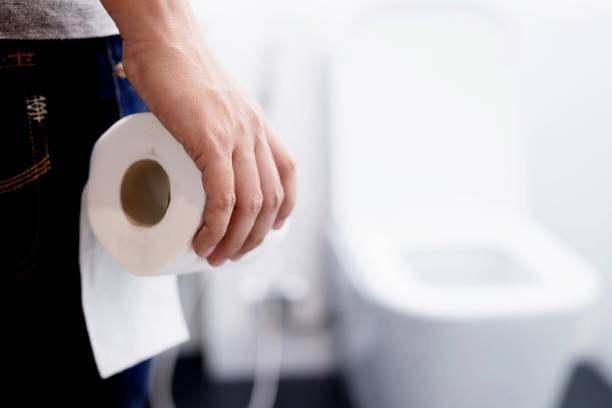
Here are some non-medication based methods to improve your intimate experiences when living with premature ejaculation.
Premature Ejaculation (PE) in the most common male sexual function disorder, with 1in 5 men between the ages of 18-59 years reporting it. Expert definitions of PE vary, with sources defining it as ejaculation occurring less than1-3 minutes from the beginning of stimulation. Premature Ejaculation can be of 2 types –
- Primary (Lifelong) PE – This is diagnosed when a man experiences ejaculation sooner than desired starting from first sexual experience, including masturbation. This type of PE has a higher chance of having genetic or hormonal causation, though psychological factors such as performance anxiety, depression, or stress can also be involved.
- Secondary or Acquired PE – This is diagnosed when a man has had sexual experiences with desired or “normal” ejaculation times, prior to developing premature ejaculation. Hormonal factors can still play a part, however, lifestyle factors such as higher BMI, medical conditions such as hyperthyroidism or erectile dysfunction, and psychological factors often play a large part.
Since Premature Ejaculation has possible hormonal causes, your medical provider may prescribe medications to address your problem. Using non-medical methods and counseling to address this issue can help you end your concern sooner, while decreasing the time needed to be on medication.
Plan
Non-drug based treatment of premature ejaculation uses a combination of counseling and physical practice. Many men also see improvement in working on improving strength & control of their pelvic floor muscles by working with a pelvic floor therapist.
It is advised to work with a sex therapist while undertaking the process of physical practice to manage your premature ejaculation. The process of physical practice involves increasing sexual simulation in a gradual manner, while focusing on delaying time to ejaculation. Typically, it is recommended to start with self stimulation before progressing to non-sexual contact & finally genital contact with your partner.
Sensory stimulation to the penis is started with stimulation using your own dry hand, progressing to lubricated hand, progressively increasing step-wise till you are able to enter your partner with desired time to climax. For support and detailed guidance on navigating this frustrating condition, contact our office at 813-563-1565.
Step 1 – Self-stimulation

Self-simulation is started with stroking of the penis with a dry hand in a slow, smooth manner, with gentle controlled breathing. Focus on long exhales through your mouth, as you slow down the process to reaching climax.
As you start reaching climax, use firm pressure at the base of the penis by wrapping your thumb & adjacent 2 fingers around the base. Keep the pressure on for 5-10 seconds as you use short, forceful exhales to delay ejaculation. This is a modification of the technique suggested by Koldony et al (1979), and creates delay in ejaculation without the penis going flaccid.
Once the urge to climax, has passed; continue simulation in a smooth, slow manner. Repeat this process for at least 3 pauses, allowing yourself to ejaculate after you’ve practiced delaying climax at least 3 times. The goal should be to increase time to ejaculation to at least 2-3 minutes.
Once you have increased time to climax to the desired length using a dry hand, progress to use a soft washcloth and increasing the pressure around your penis lightly. Follow the same process as above, till you’re able to delay ejaculation for at least 3 minutes.
Increase sensory input to your penis, by progressing to using lubricant on your hand while self stimulating to replicate the wet environment of your partner’s sexual passage. Continue to use gentle, slow stimulation to approach climax, and then apply pressure at the base of the penis to delay ejaculation till desired latency time.
Step 2 – Practice with Partner

Once you have achieved desired delay from stimulation to ejaculation while practicing by yourself, progress to practicing with your partner. It is very important to follow your sex therapist’s guidance regarding trying sexual intercourse at this point. It is common for therapists to recommend no genital contact during the initial phase of treatment to decrease the pressure of performance success during intimacy. Be sure to find ways to express affection physically without engaging in sexual contact, especially if you have been directed to avoid sexual intimacy by your therapist.
Start with self stimulating in your partner’s presence, slowly increasing the level of challenge to both partner’s stimulating each other at the same time, and increasing the level of input till you can practice delaying ejaculation while practicing touching your partner non-sexually. Non-sexual touch can include caressing each other’s faces, limbs, and other non-sexual parts of the body.
For a personalized plan to manage premature ejaculation, work with our sex therapist by clicking here.
You will follow the same pattern used during self stimulation – experiencing pleasure, followed by use of pressure at the base of the penis to delay ejaculation. For a “hard-stop” to ejaculation, change location of pressure application to under the head of the penis. This is a more sensitive part of your penis, and will quickly stop ejaculation with pressure application for 3 or so seconds.
To ensure that your partner has a good experience, plan for your partner experiencing pleasure during the “pauses” in your pleasure process.
Step 3 – Progressing with your partner

Once you are able to reach your desired latency time, start adding in to sexual touch with your partner. This can involve you caressing your partner’s breasts, buttocks, and genitals; and/or your partner providing you with the same. Continue using the pressure on the base or under the glans of your penis to delay climax, till you reach desired latency time.
Once you are able to delay ejaculation by at least 3 minutes with non-genital contact, progress to genital contact offered & received by you. Focusing on breath and using pressure on the penis is important to delay premature ejaculation at this stage.
Step 4 – Genital entry with your partner
This stage should only be attempted after considerable progress has been made with the counseling sessions to get to the emotional causes of your current intimate relationship.
Once you have systematically achieved the desired delay in ejaculation time with the above steps, progress to inserting your penis in your partner’s sexual passage.
It is easiest to begin with you laying on your back, and your partner positioned on top of you. For those engaging in anal intimacy, starting off in side lying, and focusing on slow, gentle insertion may be helpful.
During this stage of your practice process, there will be no movement between your penis and your partner’s passage. The goal is to maintain full insertion without ejaculation. If you notice yourself approaching climax, fix your gaze at an object in the background, focus on slowing your breathing and gently exhaling as you successfully delay ejaculation. If this is not enough to delay ejaculation, use pressure on the base of the penis (applied by you or your partner) to delay the urge. For a hard-stop, use pressure under the head of the penis as explained above.
Once the urge to climax, has passed, continue with staying inside your partner’s passage.
When you have reached your target latency duration, move on to gentle movement in & out of your partner’s passage as you focus on slowing down climax. Continue practicing this process, slowly increasing your latency time till you have reached your end goal. Using a condom may be helpful in decreasing the sensation to your penis, and increasing the time to climax.
It is likely that your partner may not have orgasmed at the time of your climax. This is okay, and not cause for guilt or shame. Once you have climaxed, you will proceed to prioritize your partner’s pleasure, using whatever methods they prefer to reach orgasm.
Remind yourself that treating premature ejaculation can be a lengthy process and requires patience & understanding from both partners. To work with our sexual health expert, contact us to start regaining your sexual confidence.
References
- https://my.clevelandclinic.org/health/diseases/15627-premature-ejaculation
- https://www.mayoclinic.org/diseases-conditions/premature-ejaculation/symptoms-causes/syc-20354900
- The pathophysiology of acquired premature ejaculation. https://www.ncbi.nlm.nih.gov/pmc/articles/PMC5001985/
- Etiology of ejaculation and pathophysiology of premature ejaculation. https://pubmed.ncbi.nlm.nih.gov/16939474/
- https://www.sciencedirect.com/topics/nursing-and-health-professions/sex-therapy




